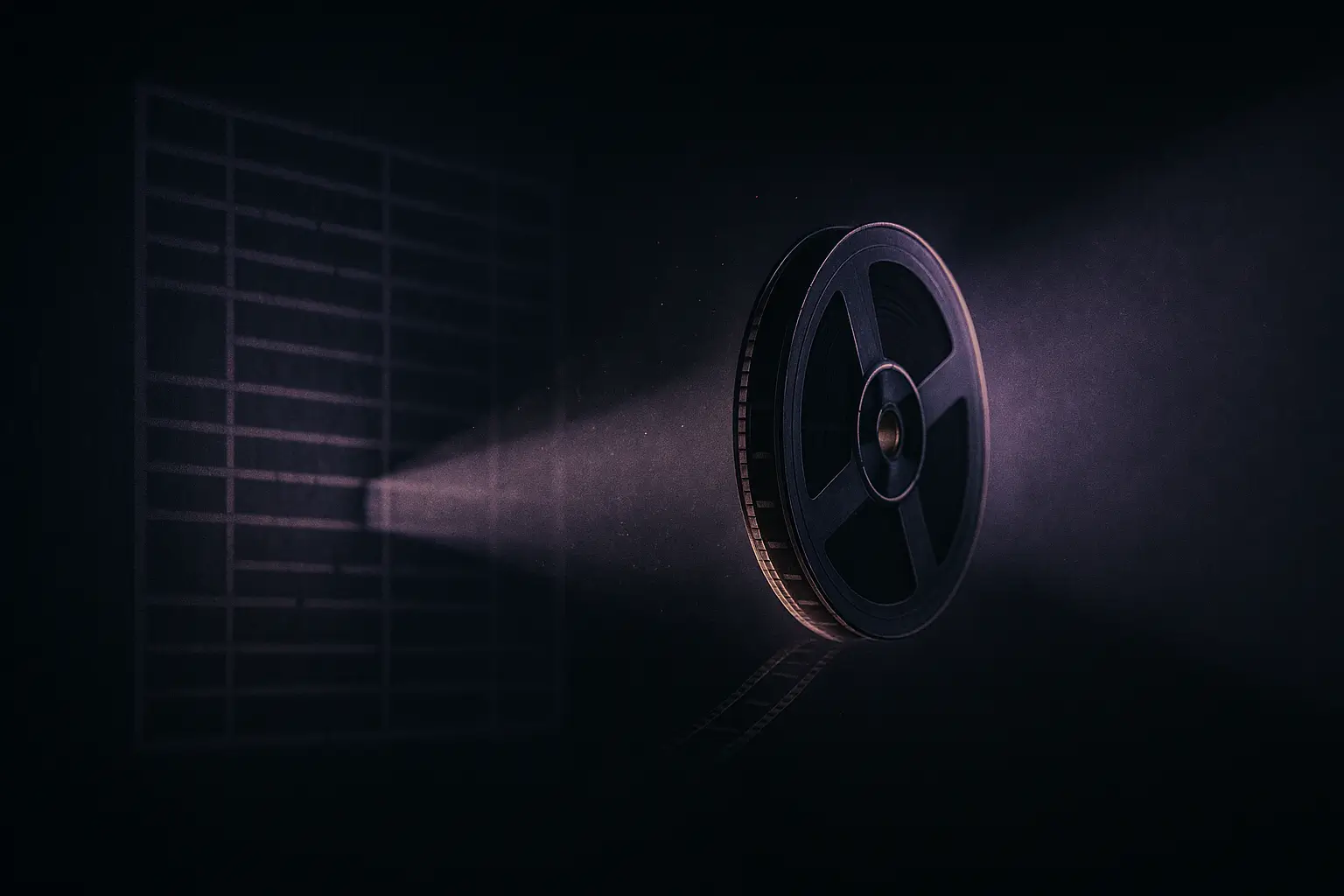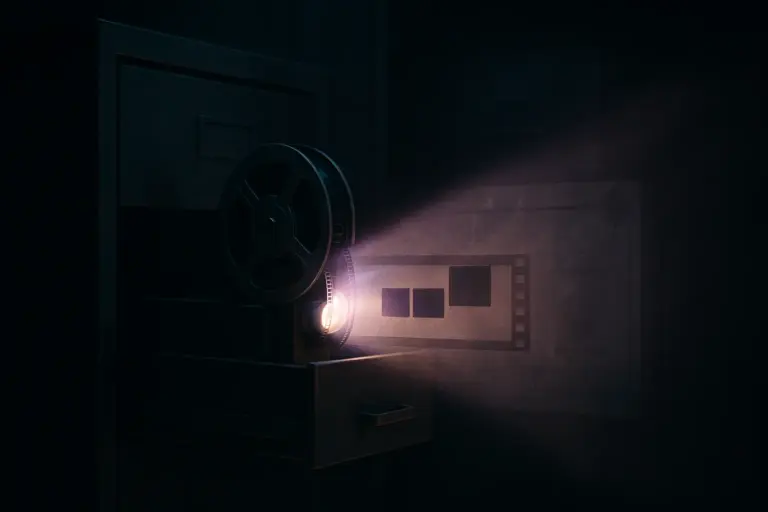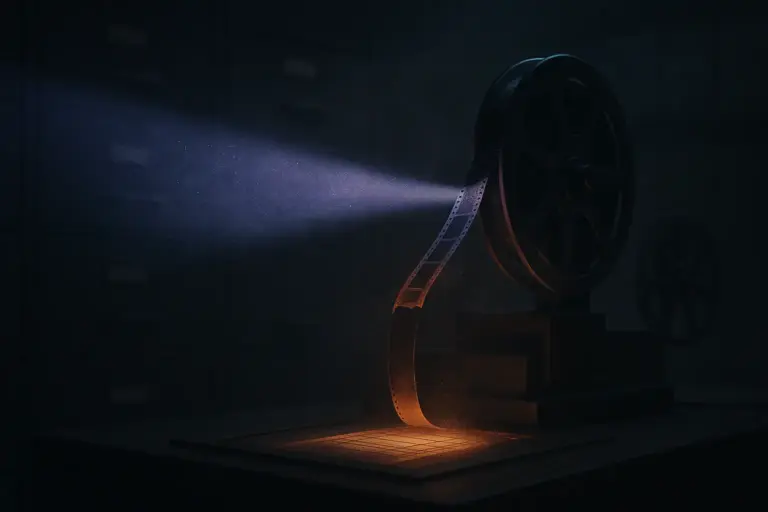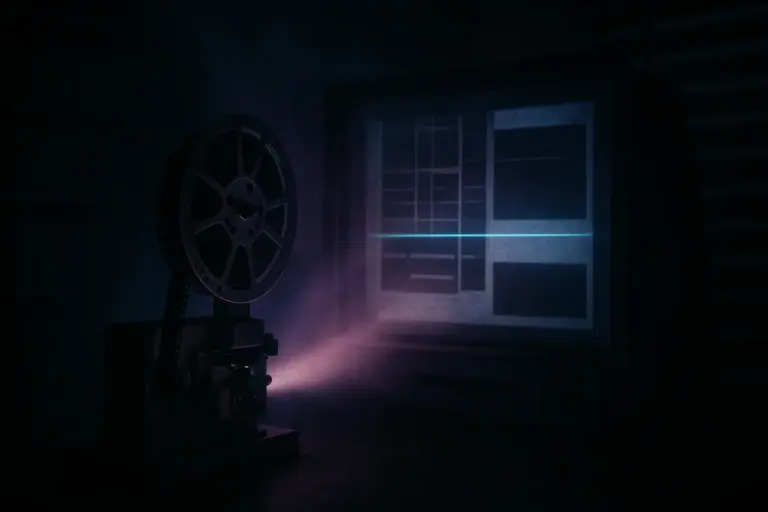Declassified: An Analysis of the CIA’s Project MKUltra Documents
Though files were ordered destroyed in 1973, the architecture of project mkultra persists in the quiet arithmetic of its surviving financial ledgers.
The microfilm hums like a low-voltage storm as a June 1953 memo scrolls into focus — not a confession, just a budget line and a signature block. The expectation is silence; the record replies with arithmetic. Despite later orders to erase it, project mkultra persists here as ledger ink: funds authorized, a cover intermediary obscured, objectives flattened into administrative phrasing. The page is intact; the context is not. Names collapse to initials, purposes to euphemisms, subproject numbers skip like dropped frames. The contradiction holds — a program engineered to leave no trace leaves receipts you can still read.

A paper seam opens MK Ultra Subproject 7 in CREST
Start with the tear in the film. Subproject 7 enters the frame on 9 June 1953 with a short authorization and a deliberately bland purpose statement tied to behavioral research. The surviving form is small in money and large in implications: funds routed through a private intermediary, security restrictions noted, results to be delivered under technical cover. The document is a financial fingerprint for a covert research lattice rather than a single experiment (Source: CIA via CREST, 1953-06-09, PROJECT MKULTRA SUBPROJECT 7).
Read against institutional memoranda, the pattern clarifies: the program sought materials and methods for behavior control while masking sponsorship. The artifact is prosaic — date, amount, routing — but it contradicts the myth of pure disappearance. Even where titles are obscured, the accountancy of secrecy endures. In that ledger light, project mkultra is less a monolith than a series of forbidden science seams stitched under cover.
Verified encounters across the CIA behavior control files
Outside that first seam, the inventory widens. A National Archives listing spanning April 1952 through the mid 1960s maps the surviving backbone — 152 file entries, cross referenced, redactions noted, provenance logged. The index is not narrative, but it is evidence: what was retained, what was withheld, and how the paper trail was structured for retrieval (Source: NARA, 1952-04-01, MKULTRA files 157-10014-10218.pdf).
Another surviving memorandum dated 14 February 1955 frames the operational scope in cautious language — interest in chemical and related materials, security handling requirements, and administrative channels rather than step-by-step methods. It corroborates that the effort was multi-track and compartmented, emphasizing acquisition and evaluation over explicit protocols in the surviving text (Source: CIA via CREST, 1955-02-14, MKULTRA DOC_0000151874).
Patterns recur: the use of intermediaries, academic or medical fronts, and sealed reporting loops. Senate hearing records later describe these as cutouts and pass-through grants — mechanisms designed to keep sponsors behind the wallpaper while maintaining deliverables. The files do not brag; they balance columns. This is the terrain of documented covert experiments.
The margin notes are thinner than the budget lines.
Silence by design the 1973 purge and MK Ultra redactions
The true discontinuity arrives two decades later. In 1973, internal memoranda record a directive to destroy program files, a procedural act that turned a complex record into a partial silhouette. The decision reshaped the archive into what investigators called a financial archaeology — surviving invoices, odd memoranda, and contractor copies that escaped the burn bags (Source: CIA, 1973-01-25, (U) Project MK-ULTRA).
By 1977, congressional investigators reconstructed timelines from what remained — vouchers, subproject logs, and fragments retained outside headquarters. Hearing transcripts acknowledge the gaps plainly while detailing methods used to close them: subpoenaed ledgers, witness testimony, and cross-checks against procurement trails (Source: Senate, 1977-08-03, PROJECT MKULTRA hearings). Against that reconstruction, Subproject 68 enters as a contested node. Institutional records discuss grants routed to a Montreal hospital and work associated with psychiatric depatterning, but the direct subproject file is not in the set cited here. Where specifics are uncorroborated by surviving documents, they remain claims, not conclusions.
In effect, project mkultra exists today as a negative image — what can be seen is defined by what was not successfully erased, and by what official inquiries could pry loose from parallel custodians.
What is gone still outlines what stayed.
Echoes ahead ethics oversight and the CREST archive lessons
What survives instructs policy as much as history. The files indicate how easily covert funding can distort informed consent, and how record destruction fractures later accountability. The archival afterlife — CREST scans, hearing bundles, and institutional digests — becomes the ethical laboratory where oversight is relearned and codified.
Speculation, marked: if front-channel funding and compartmented reporting could mask the origins of mid century behavior research, similar financial architectures could still obscure sponsorships in other domains. Evidence to prove contemporary analogues is not in these files; the lesson is structural rather than accusatory. Recent scholarly syntheses underline that contemporary analysis depends on triangulating fragments across agencies, courts, and private archives (Source: Academic, 2024-12-23, National Security Archive briefing).
For practitioners and archivists alike, the mandate is clear: preserve administrative metadata, audit intermediaries, and treat destruction orders as policy failures to be prevented, not repeated. The quiet math of the files makes the case. This aligns with broader inquiries into the surviving mkultra seams that continue to inform accountability frameworks.
Sources unsealed the spine of the surviving MK Ultra record
Primary — 1973 memoranda summarize program scope and internal handling during the period when destruction decisions were taken (Source: CIA, 1973-01-31, PROJECT MK-ULTRA).
Primary — 1973 documentation reflects the directive to destroy files, establishing the archival void that shapes modern reconstruction (Source: CIA, 1973-01-25, (U) Project MK-ULTRA).
Primary — 1977 hearings provide institutional testimony and financial reconstructions, describing cutouts, subproject structures, and investigative methods (Source: Senate, 1977-08-03, PROJECT MKULTRA hearings).
Corroborating artifacts — 1952–1960s archival listings and CREST scans anchor Subproject 7 and related materials as surviving evidence of the broader CIA behavior control program.
Final transmission across the MK Ultra afterimage
Fluorescent light skims a stack of thin papers, edges curled, numbers precise where names blur. A ledger line outlives the room that tried to forget it; the archive hums, and the pattern holds. Home · Forbidden Science · Secret Government Experiments
Signal ends — clarity remains.
What do the CREST archive files reveal about MK Ultra Subproject 7
Subproject 7 appears as a 1953 funding authorization with a modest budget, a cover intermediary, and behavior research objectives stated in administrative language. The file establishes that financial and security controls framed deliverables without exposing operational detail. Source: CIA via CREST, 1953-06-09, archive.org/details/CIA-RDP78-04913A000100030112-8
How is Subproject 68 documented within the CIA behavior control program
Institutional records and hearing transcripts discuss grants routed to a Montreal hospital and related psychiatric research, but direct Subproject 68 files are limited or absent in the set referenced here. Where specifics lack surviving primary documentation, they remain provisional and should be treated cautiously. Source: Senate, 1977-08-03, intelligence.senate.gov/wp-content/uploads/2024/08/sites-default-files-hearings-95mkultra.pdf
What remains uncertain about project mkultra after record destruction
The 1973 destruction order created enduring gaps in timelines, methods, and participant identification for multiple subprojects. As a result, analysts rely on surviving ledgers, contractor copies, and testimony to infer scope, leaving some attributions unresolved. Source: CIA, 1973-01-25, cia.gov/readingroom/docs/project+mk-ultra%5B15545700%5D.pdf
They Don’t Want You to Know This
Join the society of the curious. Get early access to leaked findings, hidden knowledge, and suppressed discoveries — straight to your inbox, before they vanish.




